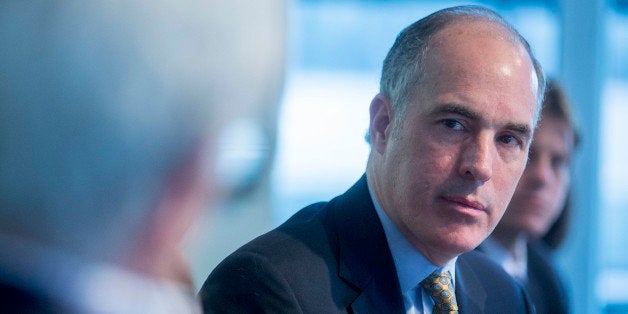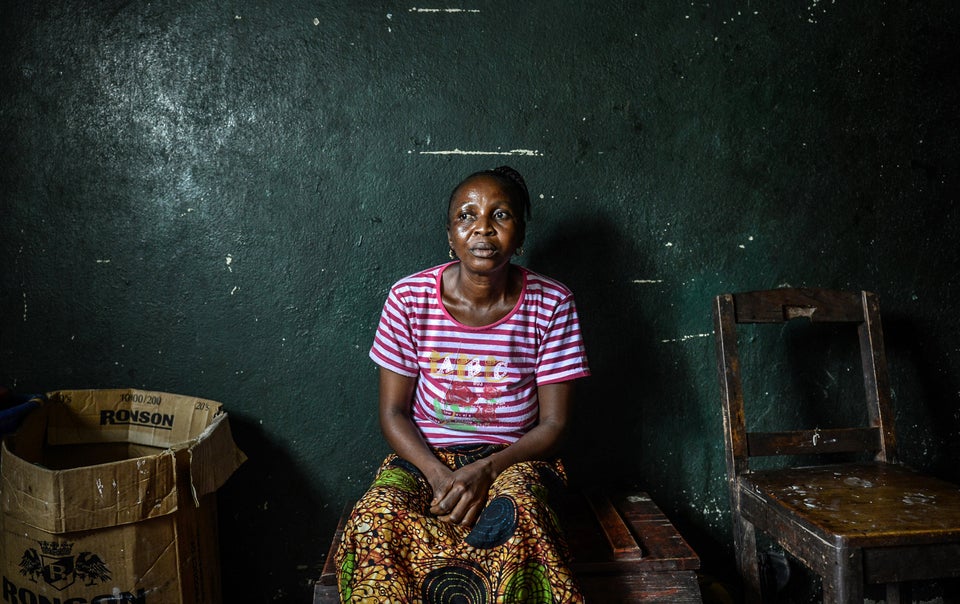
WASHINGTON -- Amid panic over the Ebola epidemic in West Africa and a second diagnosis in the United States, lawmakers are renewing efforts to bolster biomedical research funding and disaster preparedness.
On Monday, Sen. Bob Casey (D-Pa.) joined the chorus, urging for more money to be spent on a federal program designed to improve hospital care in the case of a pandemic. In a letter to the chair and ranking member of the Senate Appropriations Committee, Casey called for reinforcing the Hospital Preparedness Program, a state-federal cooperative administered by the Department of Health and Human Services.
"The news that a nurse who treated the Ebola patient in Texas has now become infected with the virus herself highlights the need for ongoing training and education for health care workers and drills and exercises for hospitals. Without an ongoing commitment to preparing for these events, and the funding to support training activities, we cannot adequately ensure that our health system is ready for Ebola or any other emergency," Casey wrote. "Any response to a serious threat such as Ebola must include input from public health officials, hospitals, community health care providers, emergency responders and others. We must do all we can to promote full collaboration and appropriate planning in order to ensure a robust response, including funding HPP."
The Hospital Preparedness Program had been funded at $358 million in fiscal year 2013, but that level was reduced to $255 million thanks to sequestration. It hasn’t yet recovered, and Casey wants the program funded at $375 million in FY 2015.

The program was established after 9/11 as a means for dealing with a large-scale bio-disaster. But as time moved on, so too did funding -- the program now receives less than half of the funds it did at its peak in 2003. Officials at the National Center for Disaster Preparedness have warned that the funding shortfall has created a vulnerability. Dr. Irwin Redlener, who directs the center, said there are only four hospitals in the U.S. “at a very high level of readiness” to care for patients with potentially lethal diseases like Ebola.
In an interview with the Huffington Post, Dr. Francis Collins, the head of the National Institutes of Health, noted that any hospital with an isolation ward could treat an Ebola patient, since the disease is transmitted only through direct contact with bodily fluids or objects contaminated with the virus. “It’s not so much a matter of facilities,” he said.
Rather, the biggest hurdle is training nurses and health professionals in how to properly handle a contagious patient. The Hospital Preparedness Program assists with this sort of training in the face of public health crises.
In his letter, Casey made the case that the program needs more direct funding not just to help with Ebola, but to prepare for future epidemics:
The Hospital Preparedness Program is a critical tool in bolstering the ability of our Nation’s hospitals to respond to a wide variety of public health threats, including emerging infectious diseases such as Ebola or a new strain of influenza. This program supports hospitals and other stakeholders engaged in planning for a public health emergency, providing dedicated resources for training staff and running drills and exercises. Practicing for these scenarios - learning how to safely don and remove personal protective equipment (PPE), establishing appropriate isolation protocols, and ensuring readiness from the first moments of a response through the end of the emergency and a return to normal operations - are all a part of the Hospital Preparedness Program's goals.

